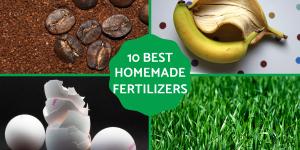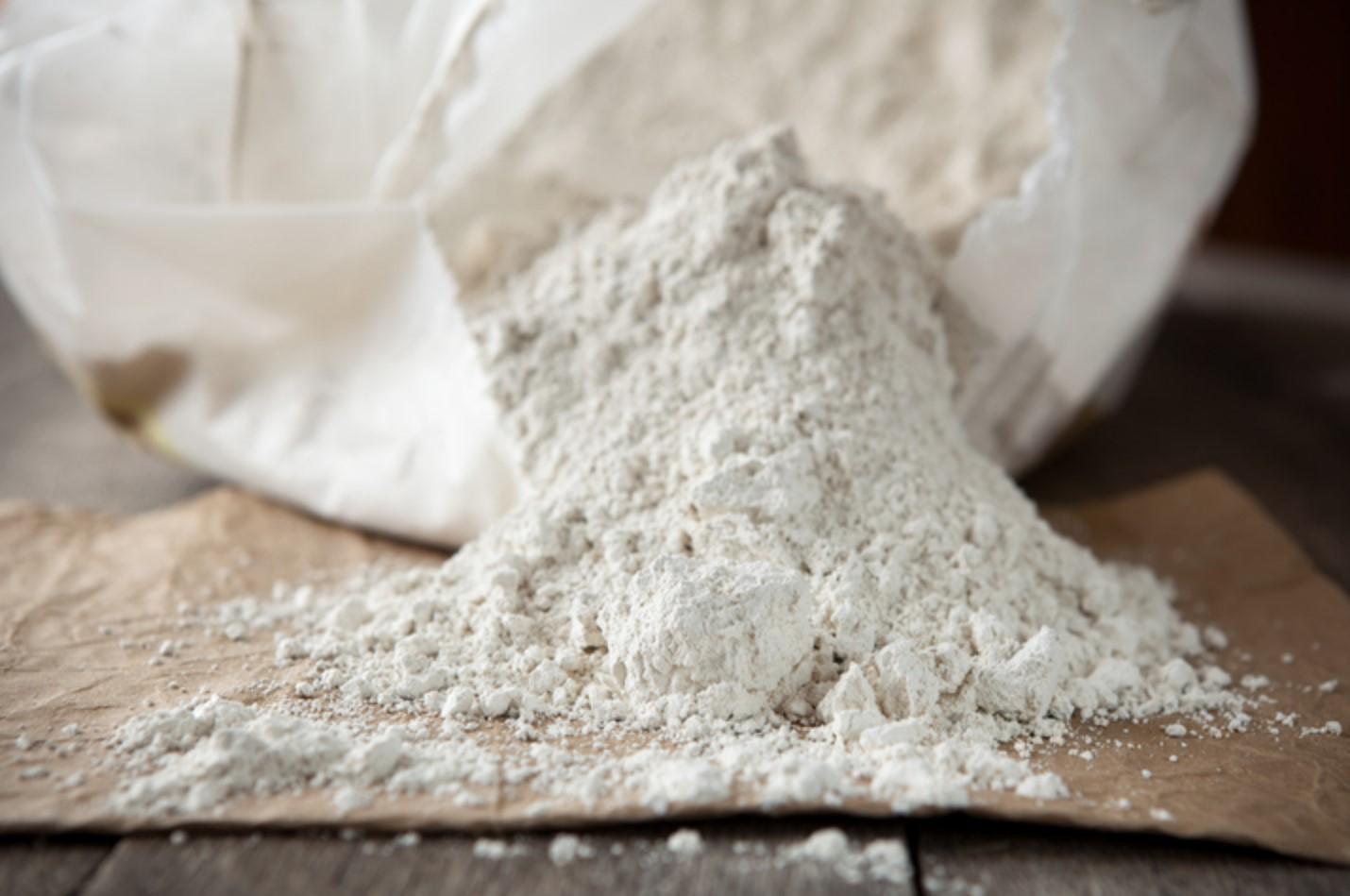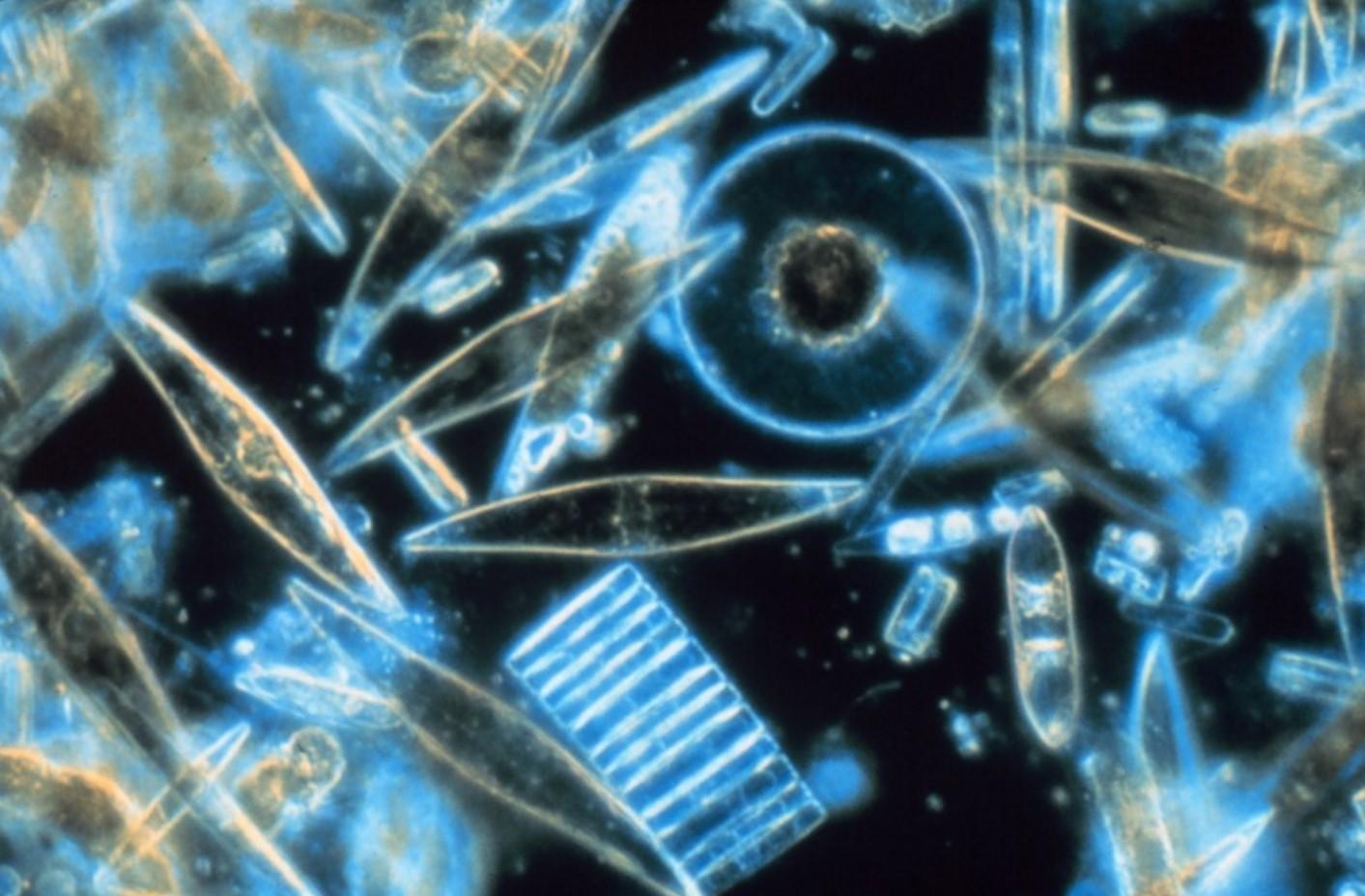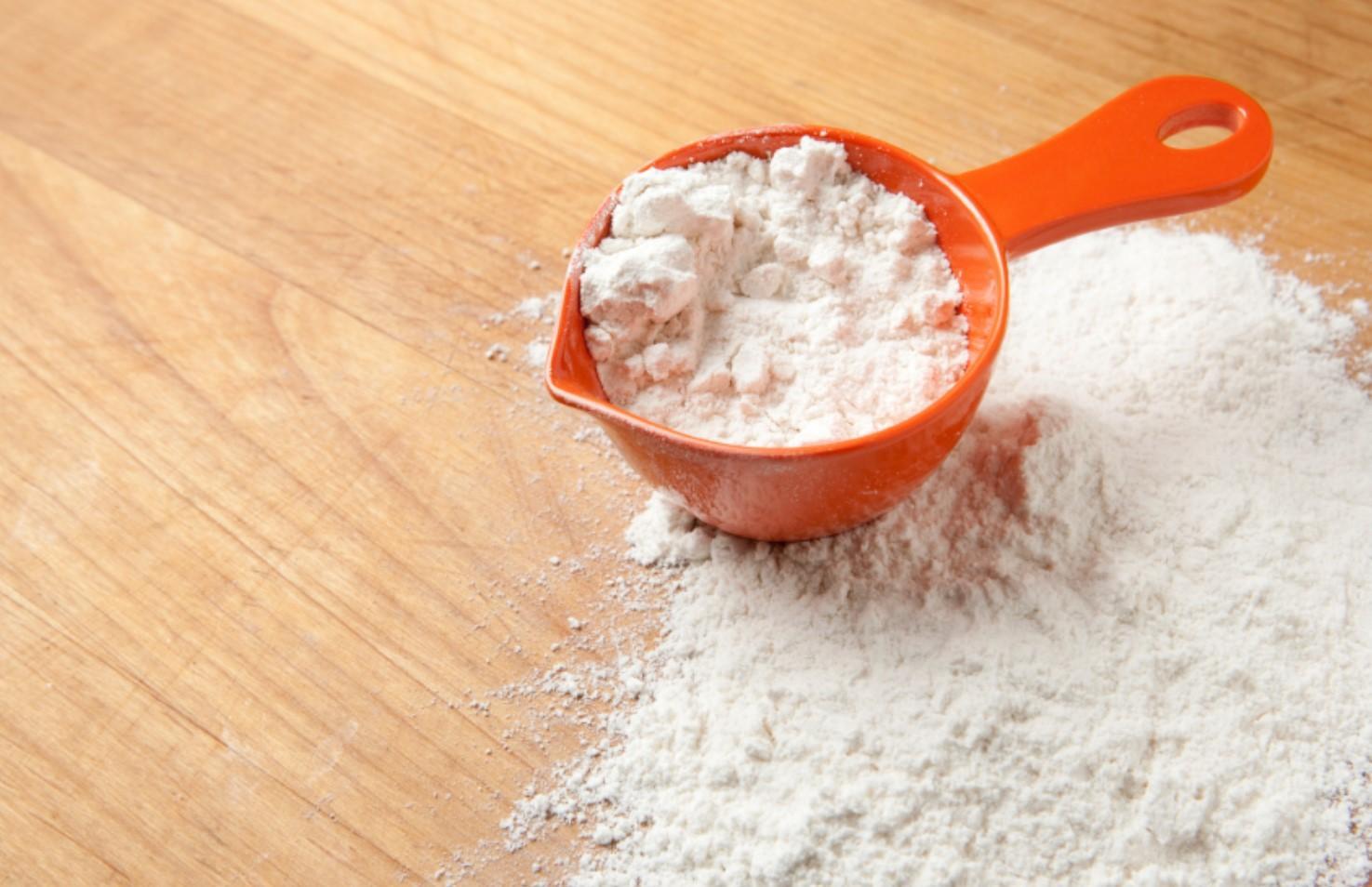What Is Diatomaceous Earth or Diatomite?


Diatomaceous earth is a natural substance derived from the fossilized remains of microscopic algae called diatoms. Over millions of years, these diatom shells have accumulated to form a white, powdery deposit. This unique composition makes diatomaceous earth a versatile material with a wide range of applications, from agriculture to industry. In the realm of gardening, diatomaceous earth has gained popularity as a natural and effective solution for various plant care needs.
This article by thedailyECO will delve into the properties of diatomaceous earth, exploring its benefits, uses, and how to incorporate it into your gardening routine.
What are diatoms?
Diatoms are unicellular algae that are a crucial component of marine phytoplankton. There are approximately 20,000 known living species, making them an important part of the marine food chain. Although diatoms are unicellular, they often form colonies in various structures such as filaments or ribbons (e.g., Fragillaria), zig-zag formations (e.g., Tabellaria), stellate colonies (e.g., Asterionella), or fans (e.g., Meridion).
A key characteristic of diatoms is their cell wall, which is made of opaline silica (hydrated silicon dioxide) and is known as the frustule. The frustule is notable for its intricate and diverse shapes, which can be seen clearly under a microscope. It is composed of two overlapping sections called valves, which fit together like a petri dish, with one half slightly larger than the other. This unique structure, featuring a seam where the two parts meet, is what gives diatoms their distinctive appearance and their name.
Fossil evidence suggests that diatoms originated during or after the Early Jurassic period. Additionally, diatom communities are often used to study environmental conditions, climate change, and water quality.
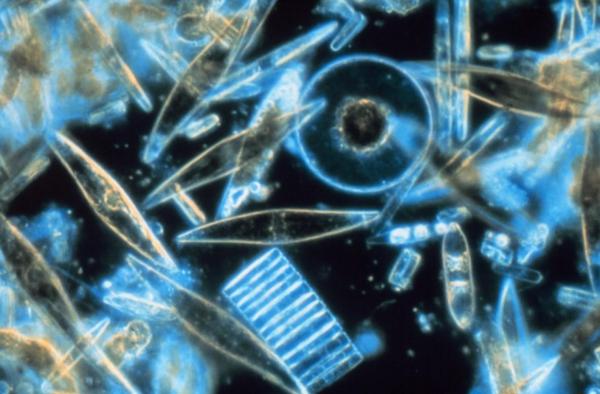
What is diatomaceous earth?
Diatoms, which were part of the marine and freshwater phytoplankton thousands of years ago, are among the earliest organisms on Earth. As prehistoric seas and lakes dried up, diatoms settled on their bottoms. Over time, layers of soil accumulated on top of these settlements, leading to the fossilization of their silica exoskeletons.
This process resulted in the formation of diatomite, also known as diatomaceous earth. Diatomite is found under various soil layers in locations where seas or lakes once existed. The high content of organic silicon and calcium in these fossilized diatoms gives diatomite its characteristic white color.
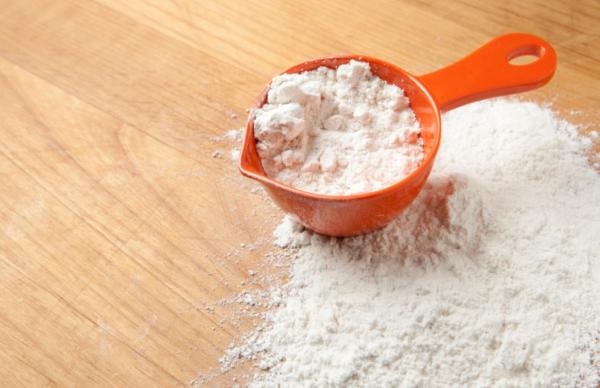
What is diatomaceous earth or diatomite used for?
Now that you know what diatomaceous earth (diatomite) is, let's explore its various uses. Here are some of the most common applications, although there are many more:
- Organic insecticides: diatomaceous earth is an effective ecological and natural insecticide. It works well in eliminating pests that attack and damage crops, especially during warm seasons.
- Deworming: diatomaceous is particularly useful in eliminating parasites that affect our pets. For example, it can effectively get rid of fleas on cats and dogs during summer or eliminate parasites in small pens or chicken farms.
- Food supplement: it can be used as a food supplement to eliminate intestinal parasites in pets and even humans, provided the diatomaceous earth is food-grade.
- Natural fertilizer: diatomaceous earth serves as an excellent fertilizer for farmland. It provides essential nutrients like calcium and silicon, which are beneficial for soil health. It also enhances nutrient absorption by the soil, improving aeration, sponginess, and water retention. Diatomaceous earth supplies important micronutrients and aids in the uptake of macronutrients like phosphorus, nitrogen, and potassium.
Be sure to read this other article where we explain the difference between compost and fertilizer.

Nutrient benefits of diatomaceous earth for gardening and agriculture
Diatomaceous earth contains up to 40 different mineral nutrients. Among these, 6 are considered essential primary and secondary nutrients for agriculture, while 13 are important trace elements. Some of the key nutrients found in diatomaceous earth include:
- Silicon
- Calcium carbonate
- Calcium
- Aluminum
- Magnesium
- Iron
- Potassium
- Manganese
- Sulphate of lime
- Chlorine
These nutrients contribute to soil health, improve plant growth, and enhance the overall quality of agricultural lands.
Did you know that rice water also has many benefits for your garden? Be sure to read more about it in this other article.
Diatomaceous earth dosage guidelines
A common question is about the appropriate dosage of diatomaceous earth for various uses, including gardening, human consumption, and animal care. While consulting a specialist for personalized advice is recommended, here are general guidelines for diatomaceous earth usage:
Dosage guidelines in the garden
- As a fertilizer: mix 40 to 50 grams of diatomaceous earth per square meter of garden soil.
- As a spray: use 40 grams per liter of water.
- For terrestrial pests: apply 100 grams of diatomaceous earth per square meter of soil.
- For aerial pests: use 10 to 40 grams per liter of water, adjusting the amount based on the size and severity of the pest infestation.
Dosage guidelines for human consumption
Diatomaceous earth for human consumption should always be food-grade. Before using it, consult your doctor for the appropriate dosage, as it can vary based on individual health and diet.
Typically, the recommended dose is one teaspoon daily for up to 30 days, following the manufacturer’s instructions on the packaging.
Dosage guidelines for animals
Chickens:
- External parasite control: use a 2% solution in water.
- Internal parasite control and nutritional supplement: mix 5% of the food dose.
Cats:
- Kittens: 1/2 teaspoon daily for one month.
- Adult cats: Two teaspoons twice a day for one month.
Dogs:
- Under 4.5 KG: 1/2 to 1 teaspoon daily.
- 4.5 KG to 8.5 KG: 2 teaspoons daily.
- 9 KG to 22.5 KG: 1 to 1.5 tablespoons daily.
- 23 KG to 45 KG: 2 tablespoons daily.
- Over 45 KG: 3 to 4 tablespoons daily. External parasite control: Use a 2% solution in water.
You might also be interested in learning about akadama soil, a popular choice for bonsai cultivation. Our article explores its benefits, properties, and how to use it effectively.
If you want to read similar articles to What Is Diatomaceous Earth or Diatomite?, we recommend you visit our Gardening category.




